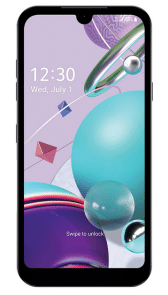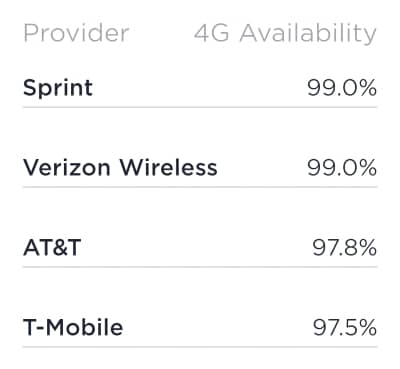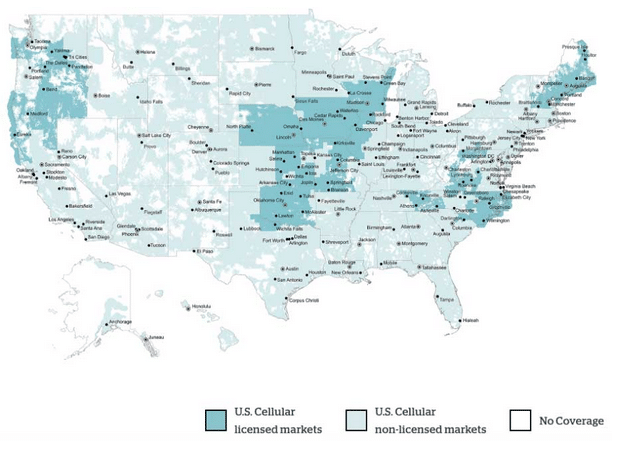Yesterday, Cricket Wireless updated two of its phone plans.
The Core Unlimited plan (Cricket’s most basic unlimited plan) used to throttle data speeds to maximum of of 3Mbps. Cricket has bumped that up to 8Mbps. The plan’s price is unchanged.
Cricket also updated its plan that cost $40 for a single line. The plan used to include 5GB of data per month. Cricket has doubled that allotment to 10GB per month.
I expect that customers already on these plans will be automatically updated to the new plan structures, but I haven’t confirmed that with Cricket.
My take
I’m a fan of the recent changes. In the past, Cricket didn’t price its non-unlimited plans all that competitively. Doubling the data allotment on the $40 plan is a good step in the right direction.
In a review of Cricket that I published about a month ago, I wrote the following:
With the shift from a 3Mbps throttle to an 8Mbps throttle on the Unlimited Core plan, I feel more confident about my perspective on Cricket’s throttling.













